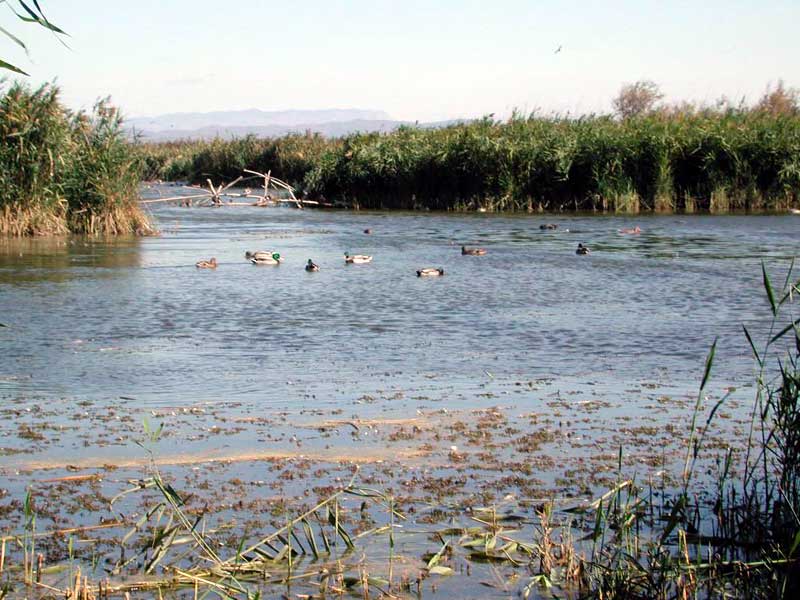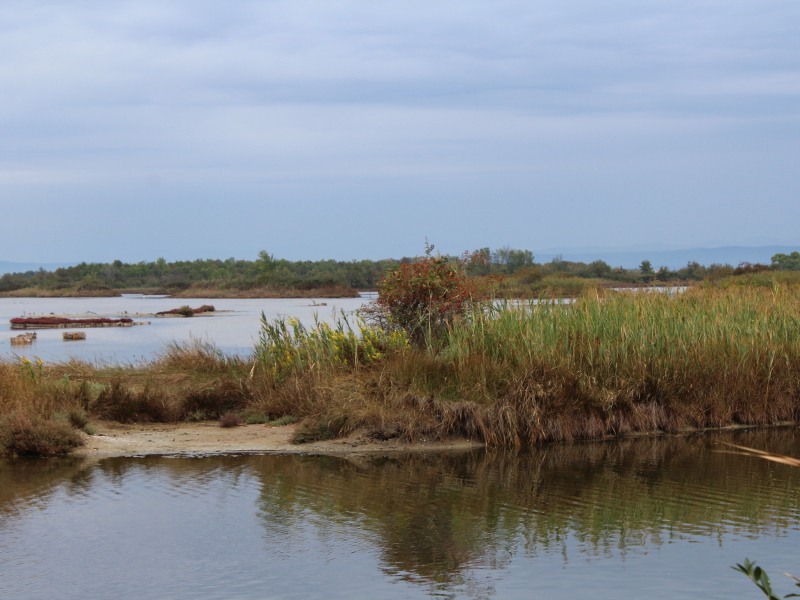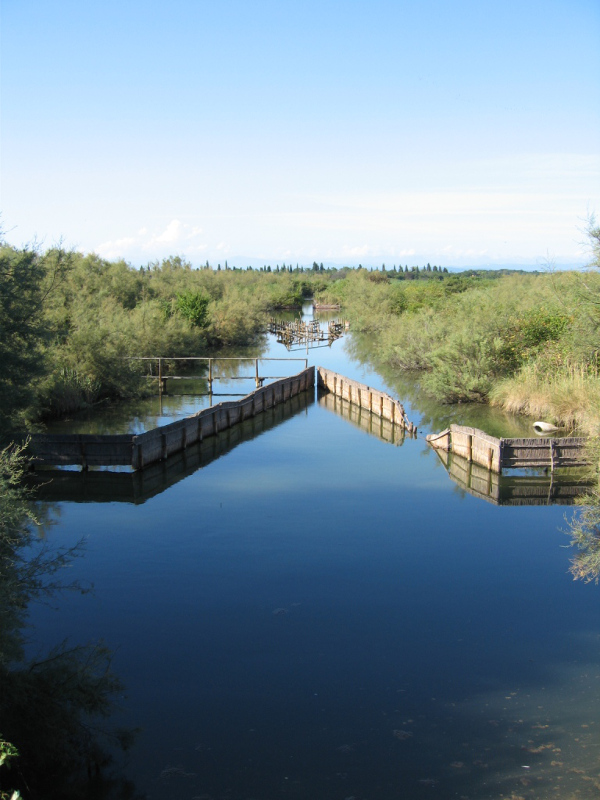Riserva Naturale della Valle Cavanata
www.vallecavanata.itPoints of Interest
In Valle Cavanata,
despite the limited dimensions of the reserve, there are several
interesting naturalistic and historical aspects which can easily be
visited and known by everyone, thanks to the good practicableness of
the itineraries and to the didactic and informative material provided
by the visitor center.
Among the most important ones the following are also at the base of the different safeguard methods of this area.
The Fishing Valley
The Reserve mainly consists in fishing valleys, a series of sheets of water and channels, interrupted by sandy areas periodically flooded by water (the so-called "velme") and by islets (the sandbanks). Like every fishing valley, it originated from not very deep lagoons, embanked and isolated with adjustable locks maintaining the ideal water level for hunting and fishing. With the establishment of the reserve in 1996, the Valle Cavanata has no longer been exploited for fish breeding, and through a different management of the hydric levels has become an internationally important habitat for the birds characteristic of the wetlands.
The 'Lavoriero'
Visiting the reserve, it is still possible to grasp the main aspects of the fishing breeding activity, such as the management of the water levels, the basin of the intensive breeding, the adjustable locks, and the characteristic structure of the so-called "lavoriero", originally made of cane-brakes and necessary to catch the fish of the valley.








